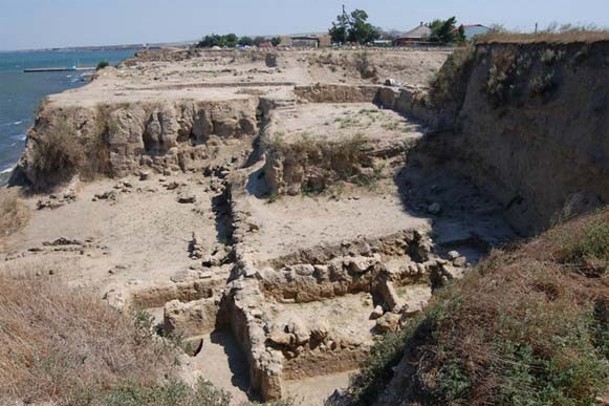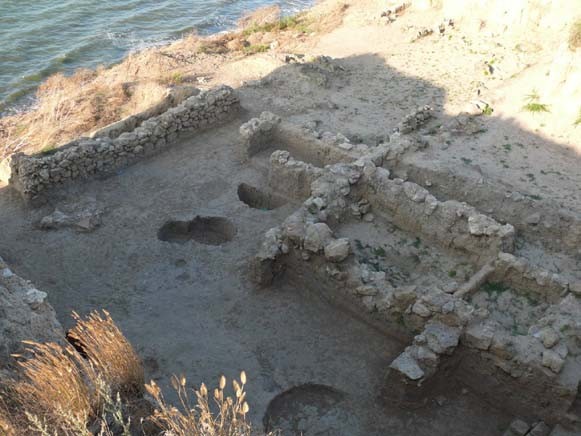Tmutorokan principality
Tmutorokan principality. An appanage principality of Kyivan Rus’ in the 10th and 11th centuries. It encompassed the Taman Peninsula and the Kerch Peninsula, and its capital was Tmutorokan. The principality arose and became part of the Rus’ state in the mid-10th century, after Sviatoslav I Ihorovych’s defeat of the Khazars. It is first mentioned in the chronicles under the year 988, when Volodymyr the Great granted the principality to his son, Mstyslav Volodymyrovych (988–1036), who added Chernihiv principality to his possessions in 1024 after defeating his brother, Yaroslav the Wise. For Rus’ Tmutorokan served not only as a strategic stronghold but also as a trading center and access point to the Near East. At Mstyslav Volodymyrovych's death in 1036, the principality became part of the unified state ruled by Yaroslav the Wise. At his death (1054) it was inherited by his son, Sviatoslav Yaroslavych, the prince of Chernihiv, who placed his son, Hlib, on the Tmutorokan throne. But Hlib was deposed immediately by his cousin, Rostyslav Volodymyrovych, who had been expelled from princely Halych. When Rostyslav was poisoned in 1067 by the Byzantine authorities, Hlib Sviatoslavych returned to Tmutorokan. Then the brothers Roman and Oleh (Mykhailo) Sviatoslavych, from Chernihiv, contested Tmutorokan with Vsevolod Yaroslavych and Iziaslav Yaroslavych. The Cumans, Khazars, and Greeks became involved in the struggle. In 1079 Roman was killed by the Cumans, and Oleh Sviatoslavych was captured by the Khazars and handed over to the Greeks. With Greek military support Oleh Sviatoslavych captured the principality in 1083. Ten years later he won control of Chernihiv principality and left Tmutorokan for good. After 1094 the chronicles are silent about Tmutorokan, which was cut off from Rus’. Some historians believe that the principality continued to exist under the domination of the Cumans and Byzantium until it was destroyed by the Mongols in the 13th century.
Mykhailo Zhdan
[This article originally appeared in the Encyclopedia of Ukraine, vol. 5 (1993).]


